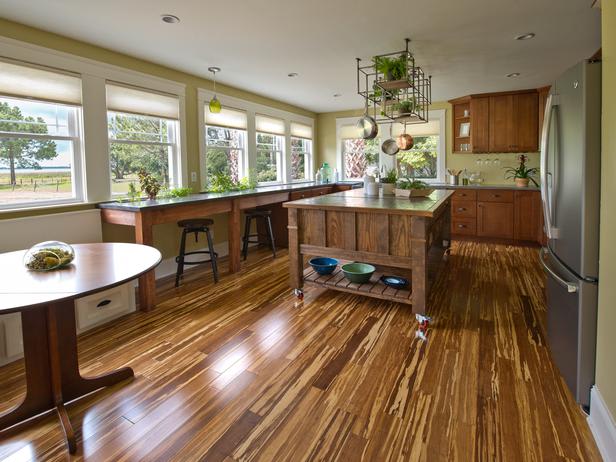- Home
- Education
- Floor Care and Maintenance
- How To Get Rid of Winter Residue on Your Hardwood Floor
How To Get Rid of Winter Residue on Your Hardwood Floor
This winter has been cold.. and snowy. And around here, a bit icy also.
With all of that bad weather, there come ways to make it a little more tolerable like snow shovels, plows, and salt or ice melt.
As useful as salt and ice melt is outside, it can cause a little havoc on the inside of our homes... especially if you have hardwood floors.
After scouring the internet, we’ve found that many people don’t know how to get rid of the milky residue that ice melt leaves on their floors. And since we have a whole bunch of expertise throughout LL Flooring, we decided to ask our Tech & Install Team what they would do to get rid of the residue that snow, ice, and ice melt leave on the floor.
First of all let’s look at what the milky residue could be.
The two most common causes are:
- Rock Salt (Sodium Chloride) or Ice melt (Sodium Chloride, Calcium Chloride , Magnesium Chloride) used to melt the ice resulting in liquid which now contains dissolved salts.
- Calcium Carbonate (hard water residue)
Both of these can be tracked into the home in liquid form, on the bottom of shoes and when the liquid dries leave the residue behind.
So normally we would recommend a neutral cleaner like Bellawood Floor Cleaner with a soft cloth and although this will work majority of times (may take a couple of passes), sometime we need a little more chemistry to deliver a good result.
Try adding one cup of white vinegar diluted in one gallon of warm water. Use a lightly damp cloth and buff the area in a circular motion and buff dry immediately. Always test this method in a small spot first. Clean area with Bellawood to remove any final residue.
Of course prevention is the best way to deal with these deposits. Once the milky residue is off, you protect the floor with mats inside and outside the main entrance to prevent any ice melt from getting on the floor again.



